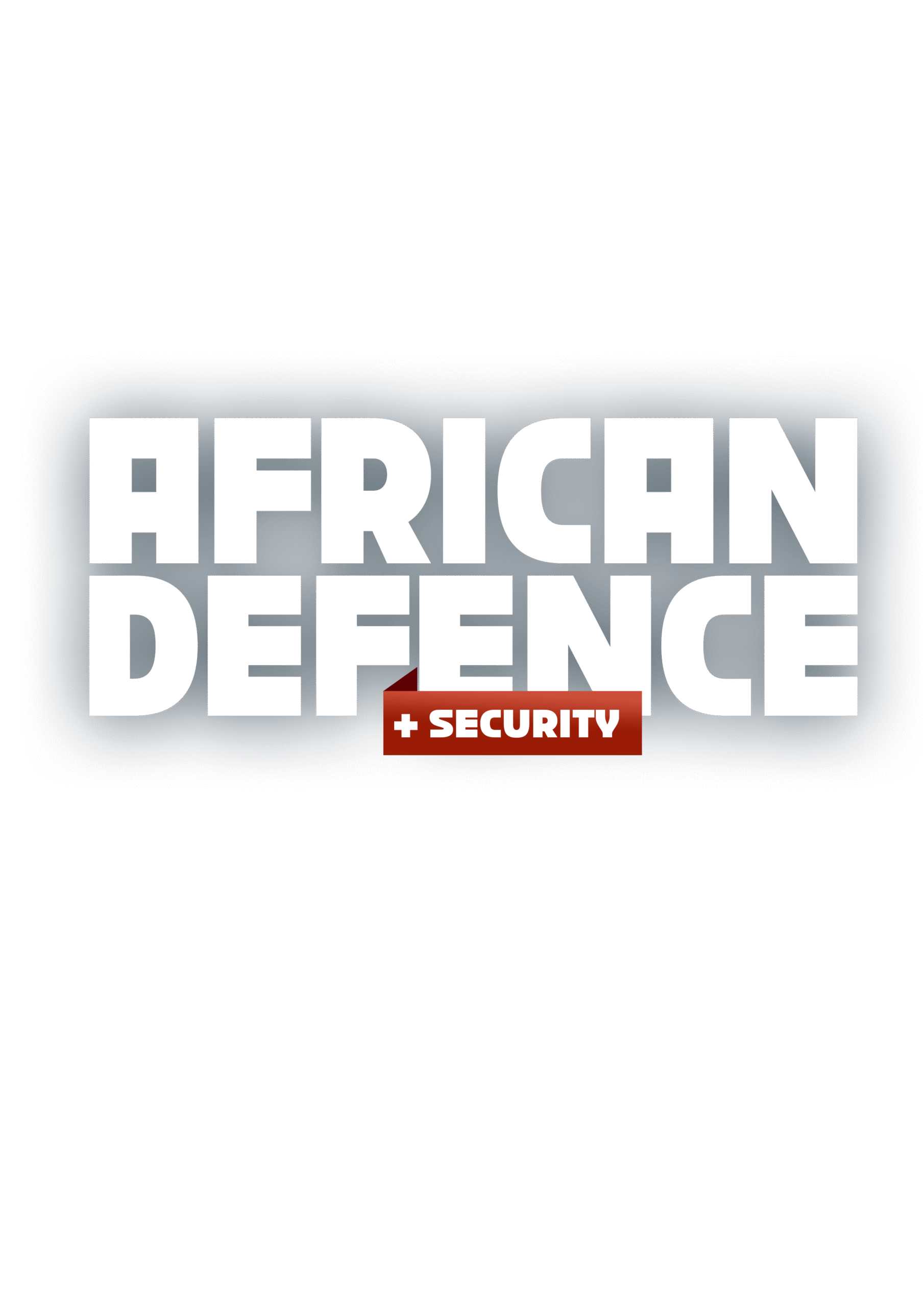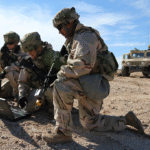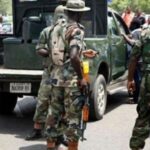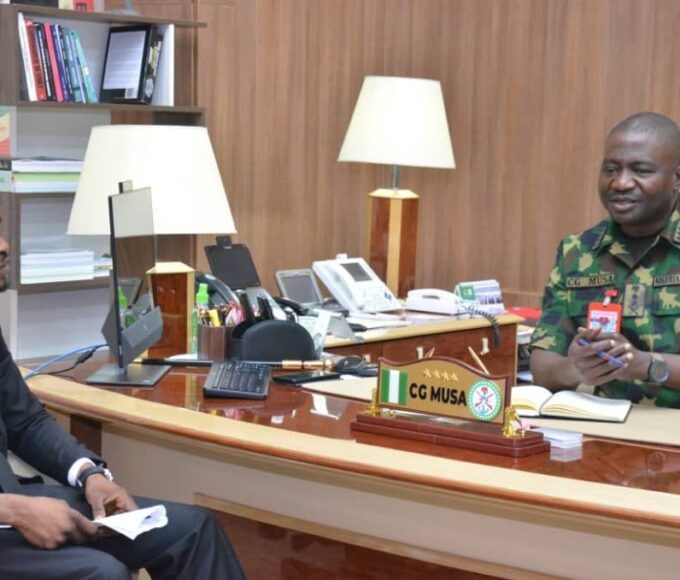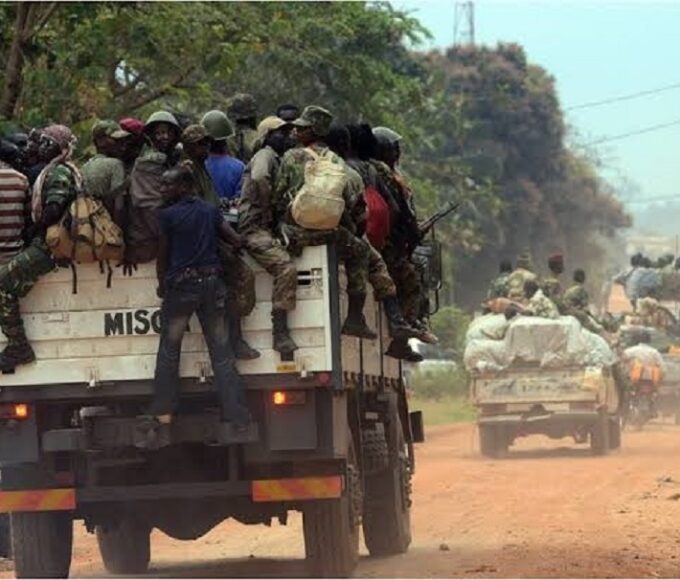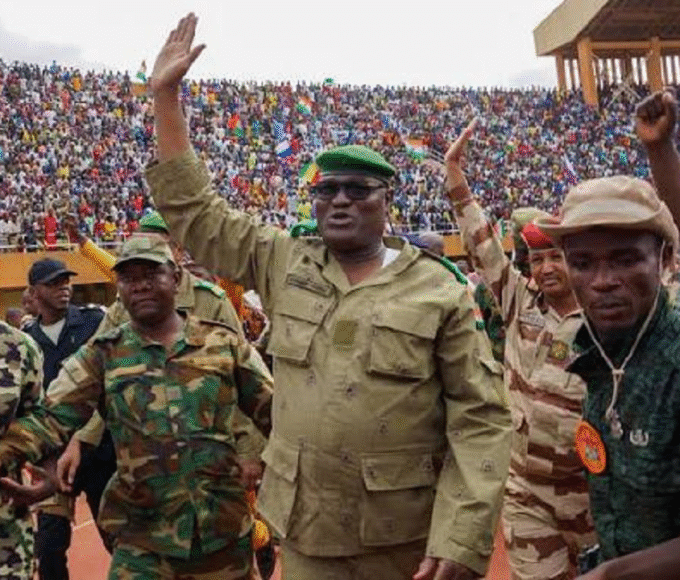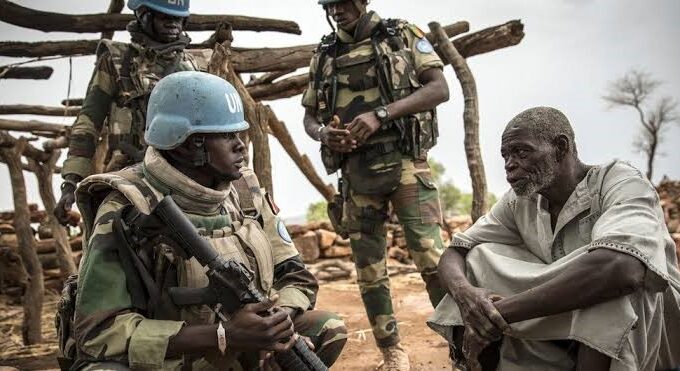Peace Corridors in Conflict Zones: Humanitarian Highways or Fragile Lifelines?
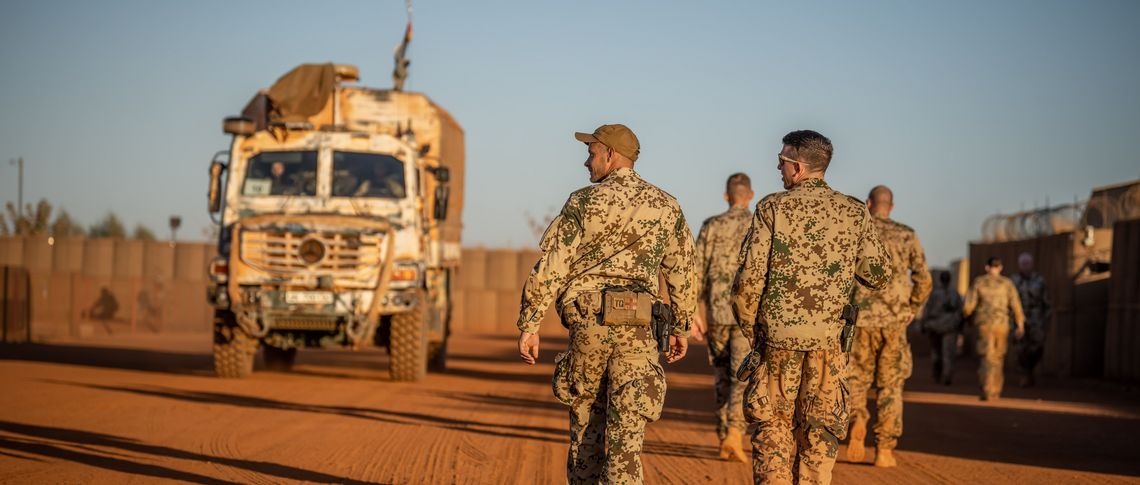
On a searing August afternoon in 2022, a convoy of white-painted trucks bearing the red crescent snaked through Mali’s Mopti region. A Malian army pickup led the column, its gunners scanning the dusty horizon for threats. Ahead lay a 40-kilometre stretch of dirt track — designated a “peace corridor” — carved out by a fragile agreement between local armed groups, community elders, and the UN mission in Mali (MINUSMA). The convoy carried sacks of millet, cooking oil, and medical supplies for villages cut off by months of insecurity.
That day, the convoy made it through. But a week later, another relief run along the same corridor was ambushed, leaving three civilians dead and halting aid for nearly a month. It was a reminder that peace corridors, though lifesaving, exist in a constant state of negotiation — and danger.
What Is a Peace Corridor?
Peace corridors, sometimes called humanitarian corridors, are temporary demilitarised routes negotiated between conflict parties to allow the safe passage of civilians, aid, or essential goods. They have been deployed in conflicts from South Sudan’s Upper Nile region to the eastern Democratic Republic of Congo, and more recently in Sudan’s 2023 civil war, where the UN and African Union sought guarantees for evacuation routes in Khartoum and Darfur.
While the concept is straightforward, implementation is anything but. Corridors depend on trust between warring parties — a rare commodity in modern African conflicts where factions splinter rapidly, commanders change sides, and ceasefires collapse overnight.
The African Track Record
South Sudan (2014–2018) – Peace corridors were central to delivering food aid to famine-threatened areas. The UN World Food Programme coordinated with both government forces and opposition SPLA-IO units to guarantee access. Success was uneven: in some regions, corridors held for weeks; in others, aid convoys were looted.
Central African Republic (2016–2020) – MINUSCA (UN peacekeeping mission) brokered road corridors to allow Muslim traders to move cattle and goods through Christian militia-controlled zones. These “economic peace corridors” temporarily boosted cross-communal trade but were vulnerable to sudden flare-ups of violence.
Tigray, Ethiopia (2021–2022) – During the Ethiopian civil war, humanitarian agencies pushed for road and air corridors into Tigray. Government restrictions, rebel distrust, and sporadic clashes meant only partial and inconsistent success.
Negotiating Passage
Securing a corridor is often more diplomacy than logistics. Negotiators — sometimes UN officials, sometimes respected local chiefs — must persuade armed actors that allowing aid is in their interest. This may involve political concessions, fuel deliveries, or agreements to let wounded fighters travel in return.
In Mali, a MINUSMA mediator told us, “You have to talk to everyone with a gun and everyone who feeds them. If you miss one, the corridor is not safe.” The process is fragile: a single ambush or checkpoint extortion can dissolve months of trust-building.
Risks on the Ground
Peace corridors can fail for several reasons:
- Fragmented Armed Groups – Negotiations with one faction don’t bind its rivals or splinter elements.
- Hidden Agendas – Some actors use corridors to move fighters or weapons under the guise of humanitarian aid.
- Information Leaks – Publicising routes can alert spoilers who aim to disrupt them for political leverage.
- Over-reliance – Communities become dependent on corridor deliveries, making them more vulnerable when access is cut.
When Corridors Become Targets
In Somalia, aid convoys along designated corridors have been attacked by Al-Shabaab to demonstrate that the government and African Union forces cannot guarantee security. In Nigeria’s northeast, Boko Haram factions have repeatedly struck aid convoys heading into Borno State’s rural districts, framing them as “tools of the enemy.”
Such attacks not only disrupt immediate aid but also discourage future relief runs, as drivers, NGOs, and military escorts weigh the risks.
Technology and Corridor Security
Modern peace corridors are increasingly backed by tech tools:
- GPS Tracking – Allows live monitoring of convoy progress, enabling rapid response to delays or diversions.
- Drone Reconnaissance – Used in DRC and Somalia to scout routes for ambush points before convoys depart.
- Digital Communication Channels – Encrypted apps connect convoy leaders with multiple checkpoints, reducing misunderstandings.
- Blockchain Verification – Trialled in South Sudan to track aid from warehouse to destination, limiting diversion.
But technology can only support — not replace — the human relationships that underpin safe passage.
Global Comparisons
Outside Africa, peace corridors have played critical roles in Syria (Aleppo evacuation, 2016) and Ukraine (grain export corridors via the Black Sea, 2022–2023). These cases highlight two lessons relevant for Africa:
- Third-Party Guarantees Matter – Russian-Turkish monitoring in the Black Sea deal reassured traders; similar neutral guarantees could strengthen African corridor agreements.
- Economic Incentives Can Drive Compliance – In Ukraine, grain exports benefited both sides of the deal financially; in Africa, corridor agreements tied to market access could have similar staying power.
Best Practices Emerging in Africa
- Multi-Layered Negotiation – Involving community leaders, women’s associations, and religious authorities alongside military actors.
- Phased Trust-Building – Starting with short, low-risk routes before expanding to longer corridors.
- Economic Co-Benefits – Ensuring local traders can also move goods boosts buy-in and reduces resentment.
- Transparent Monitoring – Joint patrols or independent observers to verify compliance.
Case Study: Niger’s Cattle Corridor Initiative
In Niger’s Tillabéri region, where armed groups, ethnic militias, and security forces have all clashed, local authorities created a seasonal “cattle corridor” to allow pastoralists to move herds to market without harassment. The initiative combined customary agreements between Fulani and Tuareg elders with military escort schedules and mobile veterinary services. Over two years, incidents along the route dropped by more than 60 percent — until regional insecurity spiked in 2023, illustrating the fragility of such gains.
The Political Dimension
Peace corridors often carry symbolic weight beyond their humanitarian role. In fragile peace processes, a functioning corridor can be a confidence-building measure, proof that rival sides can cooperate. Conversely, a corridor’s collapse can signal the breakdown of a wider ceasefire.
In Sudan’s 2023 conflict, the failure to sustain an aid corridor from Port Sudan to Khartoum became an emblem of both sides’ unwillingness to compromise — and of the international community’s limited leverage.
SNAPSHOT: Major African Peace Corridors (2014–2024)
- South Sudan, 2014–2018 – Food and medical aid routes negotiated during civil war; mixed success.
- Central African Republic, 2016–2020 – Economic corridors for cattle trade; disrupted by militia flare-ups.
- Ethiopia (Tigray), 2021–2022 – Limited humanitarian access due to political restrictions and ongoing clashes.
- Mali (Mopti region), 2022–present – Short-term aid convoys negotiated with armed groups; highly volatile.
- Sudan, 2023–present – Attempted aid and evacuation routes; most failed amid renewed fighting.
Peace corridors are not magic bullets. They are fragile lifelines — part humanitarian engineering, part political experiment. Their survival depends on careful negotiation, credible enforcement, and the willingness of armed actors to see value in keeping them open.
For African governments and regional bodies like the African Union and ECOWAS, the lesson is clear: peace corridors work best when embedded in broader conflict resolution strategies, not treated as stand-alone fixes.
As one South Sudanese aid worker told us after guiding a convoy through enemy-held territory: “The road was safe today because everyone wanted it to be. Tomorrow? We’ll have to ask again.”
King Richard Igimoh, Group Editor ALO
King Richard Igimoh, Group Editor African Leadership Organisation is an award-winning journalist, editor, and publisher with over two decades of expertise in political, defence, and international affairs reporting. As Group Editor of the African Leadership Organisation—publishers of African Leadership Magazine, African Defence & Security Magazine, and Africa Projects Magazine—he delivers incisive coverage that amplifies Africa’s voice in global security, policy, and leadership discourse. He provides frontline editorial coverage of high-profile international events, including the ALM Persons of the Year, the African Summit, and the African Business and Leadership Awards (ABLA) in London, as well as the International Forum for African and Caribbean Leadership (IFAL) in New York City during the United Nations General Assembly.
Recent Posts
Categories
- Air & Aerospace16
- Border Security15
- Civil Security4
- Civil Wars4
- Crisis5
- Cyber Security8
- Defense18
- Diplomacy19
- Entrepreneurship1
- Events5
- Global Security Watch6
- Industry8
- Land & Army8
- Leadership & Training5
- Military Aviation4
- Military History27
- Military Speeches1
- More1
- Naval & Maritime9
- Resources2
- Security12
- Special Forces1
- Systems And Technology9
- Tech6
- Uncategorized3
- UNSC1
- Veterans6
- Women in Defence9
Related Articles
Why General C.G. Musa Is the Right Defence Minister for Nigeria—Right Now
President Bola Tinubu’s nomination of General Christopher Gwabin Musa (rtd.) as Minister...
ByKing Richard Igimoh, Group Editor ALODecember 2, 2025DIPLOMACY, PEACE & CIVIL SECURITY – CROSS-BORDER PEACE PACTS IN EAST AFRICA: SUCCESS OR FAILURE?
From the windswept Karamoja hills to the fishing villages of Lake Victoria,...
ByKing Richard Igimoh, Group Editor ALONovember 24, 2025ECOWAS MILITARY INTERVENTION IN NIGER: A TURNING POINT?
The coup d’état in Niger on July 26, 2023, marked a seismic...
ByKing Richard Igimoh, Group Editor ALOOctober 7, 2025CIVIL-MILITARY RELATIONS IN FRAGILE STATES
Fragile states marked by weak governance, economic instability, and persistent unrest face...
ByKing Richard Igimoh, Group Editor ALOSeptember 17, 2025
